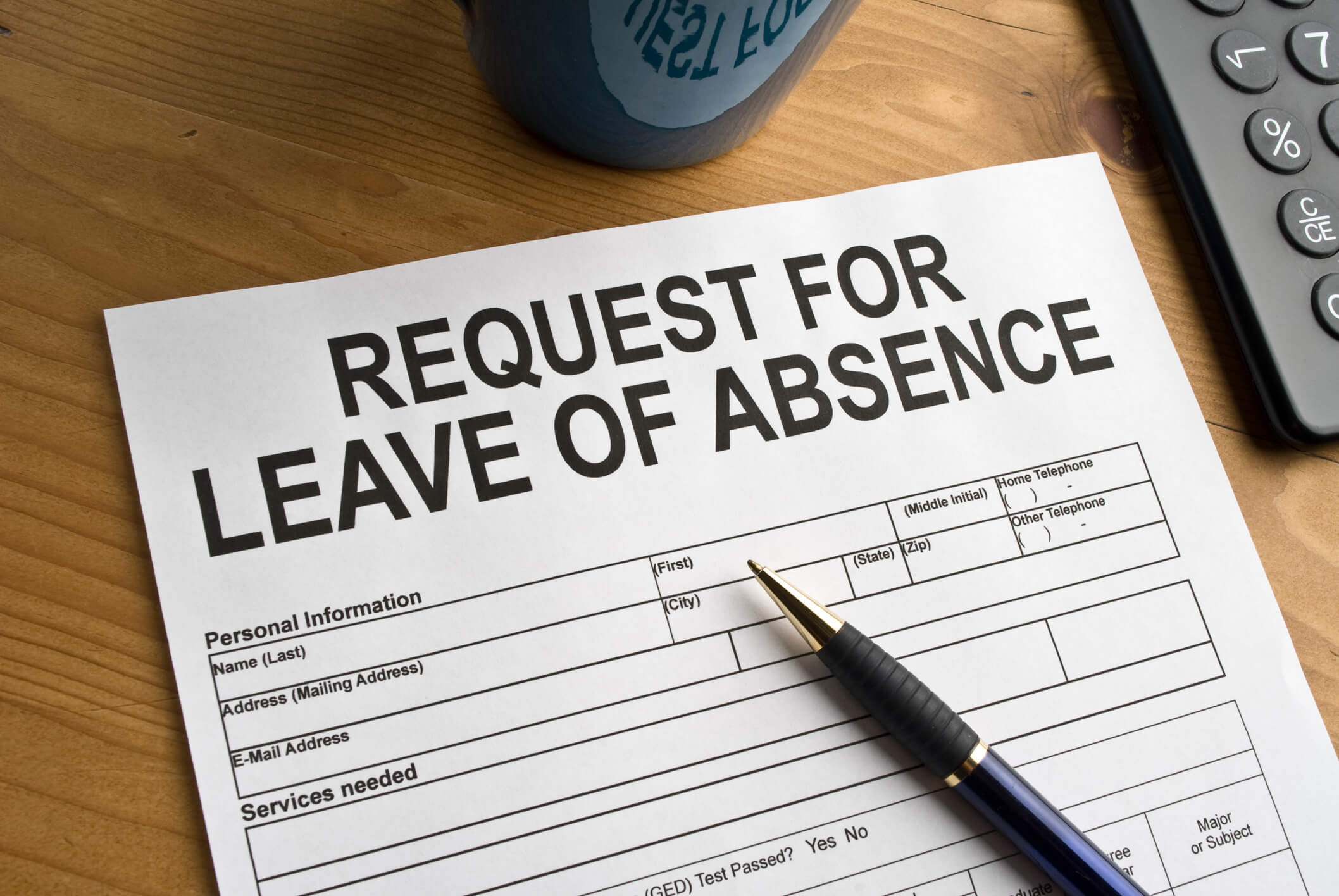In the latest chapter of the Minneapolis Sick and Safe time ordinance saga, the Minnesota Court of Appeals has ended an injunction issued by a lower court that limited the ordinance to employers located within the city of Minneapolis. Now, the ordinance will apply to any employee who works a minimum of 80 hours in a year within Minneapolis, regardless of where the employer is located. Minnesota Chamber of Commerce v. City of Minneapolis, No. A18-0771 (April 29, 2019).
Background
In 2016, Minneapolis and St. Paul enacted paid safe and sick time ordinances. Both ordinances require that employees who work at least 80 hours in those cities accrue one hour of paid safe and sick time for each 30 hours worked, and accumulate those hours up to a maximum of 48 hours in a year. Unused hours carry over up to a maximum of 80 hours, at which time further accruals cease until that balance is drawn down.
The paid sick time requirement applies to employers with six or more employees under the Minneapolis ordinance and to any employer with at least one employee under the St. Paul ordinance. St. Paul expressly limited the scope of its ordinance to employers having a physical, i.e., “brick and mortar,” presence in the city. Minneapolis, on the other hand, sought to apply the ordinance to any employer whether or not it had a physical presence in the city.
District Court Granted Injunction Limiting Ordinance to City-Based Employers
The Minneapolis ordinance drew a legal challenge by the Minnesota Chamber of Commerce and several private employers. In 2017, a state district court agreed that Minneapolis had overstepped its authority by seeking to apply the ordinance to employers not physically located within the city. In a brief opinion in 2018, the Minnesota Court of Appeals affirmed that decision and left the injunction in place pending further proceedings in the district court.
In 2018, however, the City of Minneapolis amended the ordinance regarding its application only to employees who worked at least 80 hours in a year within the city. The amended ordinance specified that only hours worked within the city counted in the calculation of safe and sick time, and the accrued hours could be used by the employees only when they are scheduled to work in the city. The district court ruled in favor of the challengers and issued a permanent injunction in 2018 holding that the city had improperly attempted to extend the application of the statute beyond its borders. Both sides appealed the decision.
Appellate Court Rules in Favor of City and Vacates Injunction
The Minnesota Court of Appeals, in an opinion authored by Judge Louise Dovre Bjorkman, first rejected the chamber’s argument that that the ordinance was preempted by a state law that also provides for various forms of unpaid personal leave. Moving to the issue of extraterritorial application of the ordinance, the court of appeals ruled that the Minnesota Supreme Court had determined in earlier cases that a city may apply its laws outside its borders in some cases.
Finally, the court of appeals held that the 80-hour threshold was valid and rejected arguments made by the challengers and noted by Judge Francis J. Connolly in a concurring opinion that this requirement imposed significant burdens on employers not physically located in the city and that it didn’t serve the stated purpose of the ordinance: protection of employees, customers, and the public from sick workers.
Key Takeaways: What Does This Mean for Employers?
Although an appeal to the Minnesota Supreme Court may be pursued by the chamber within the next 30 days, the Minneapolis safe and sick time ordinance now may be applied to any employee who works at least 80 hours in a year within the city, regardless of whether the employer has a physical presence there. For assistance in understanding how to comply with the ordinance, employers may consult the Minneapolis sick and safe time ordinance website.





